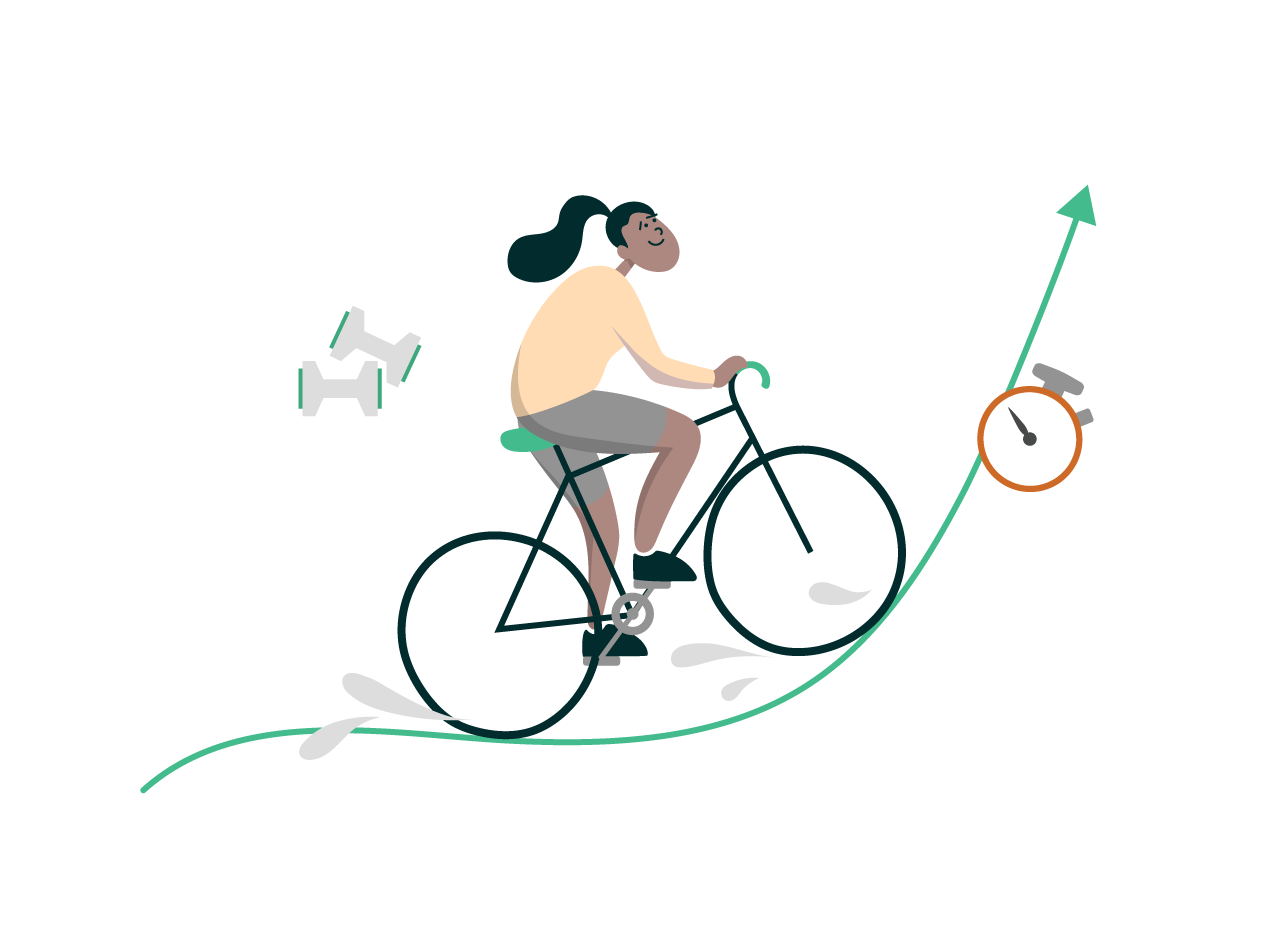We’re back from Thanksgiving and the collective waistbands of the nation all feel a little tighter thanks to a long weekend of overindulgence and inactivity. We convince ourselves that we will lose that excess holiday weight once the New Year hits, but the reality is that this weight is hard to lose. It’s not our genetics, but our lifestyles that are the problem with this weight gain.
The newest edition of the Physical Activity Guidelines for Americans was released earlier this month and set a public health target range of 150 to 300 minutes per week of moderate-intensity physical activity per person. The report found that the entire country has a long way to go in order to meet these levels as half of the US adult population does not meet this target. Some other eye-opening findings were presented as well:
- 80% of Americans are not active enough.
- Only 26% of men, 19% of women and 20% of adolescents meet the recommended levels of physical activity per week.
- 30% of the US population does not engage in any moderate or vigorous physical activity.
The declining state of the country’s well-being has been well documented, but the discovery that lack of physical activity results in $117 billion being spent annually on healthcare is likely to raise the public’s already high-blood pressure to greater heights. With healthcare being such a hot topic, the figures released will only add to the argument that the health of the population needs a major overhaul.
Health Industry's "Best Buy"
However, one of the small rays of light from the report is that any increase in physical activity, whether it is swapping the elevator for the stairs or walking around the block at lunch, will have a positive impact on both the individual and the health economy. The report describes any form of exercise as the “best buy” for public health and the benefits of more exercise don’t just extend to the individual’s wallet.
Physical activity is known to improve sleep, academic performance, symptoms of depression, anxiety, and general physical preparedness (GPP). What’s more, some of these benefits are felt immediately.
I can vouch for these immediate benefits. As one of the few working individuals in Tampa Bay without access to a car, I found myself Ubering to work most days. Yeah, it’s convenient, but you feel a pang of resentment at having to fork out $20 a day to get to and from work. So I bought a cheap bicycle off Craigslist and started pedaling my way downtown every day. Eight weeks into this routine and I am much fitter, noticeably more alert at work, and my mood and attitude have improved. My skinny jeans are considerably tighter around my thighs but I suppose that’s a fair trade-off for improved health.
Physical and Emotional Boosts
Physical activity makes a big difference in both your emotional and physical well-being. And if my personal experience doesn’t make you want to hit the running trails, the research should. Studies have found that regular physical activity protects against risk factors for certain diseases including dementia, diabetes, multiple sclerosis, Parkinson's, ADHD, and breast, lung, and stomach cancer. With these findings, your reasons for taking up yoga or getting back into pick-up basketball suddenly become much stronger. It is possible for small changes made in a sedentary person’s behavior to result in a reduction in health risks. Essentially, that is all it takes. Small changes in your day-to-day life will add up to big improvements in your overall health but it’s important to get started as soon as possible in order to reap the benefits.
It has been 10 years since the Physical Activity Guidelines for Americans released their first edition of the report. In that period of time, the knowledge of the relationship between physical activity and health has grown exponentially and the evidence of the health benefits has become clearer. Let’s hope that the next 10 years brings further advancement and a collective improvement in the health of Americans across the country. Maybe by that Thanksgiving, we will be more adept at getting rid of those unwanted holiday pounds.


